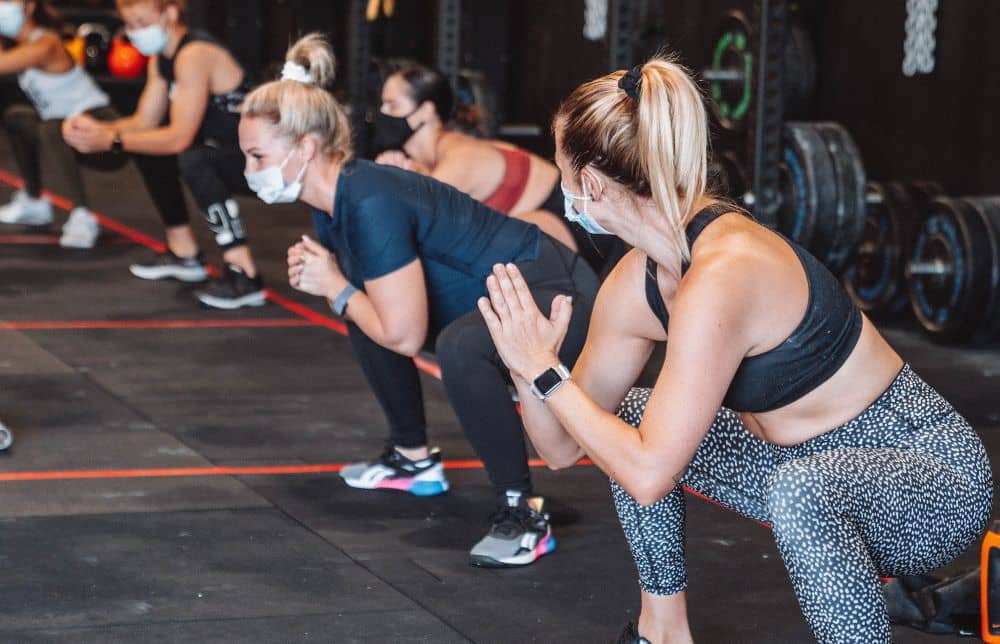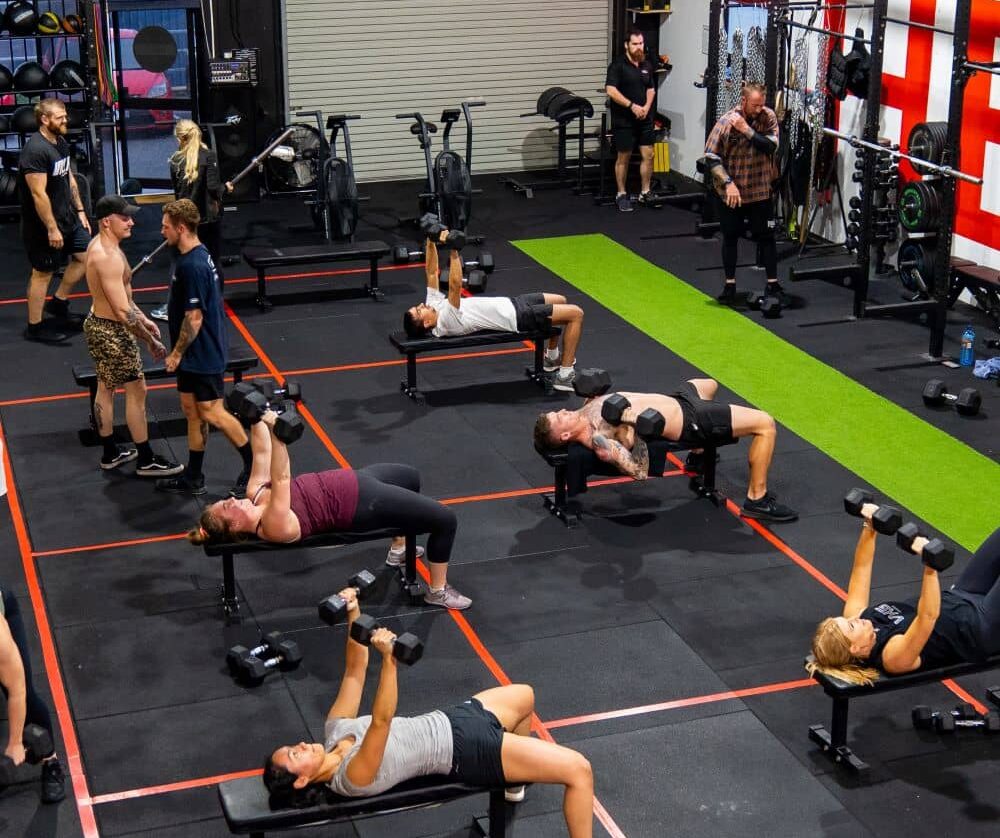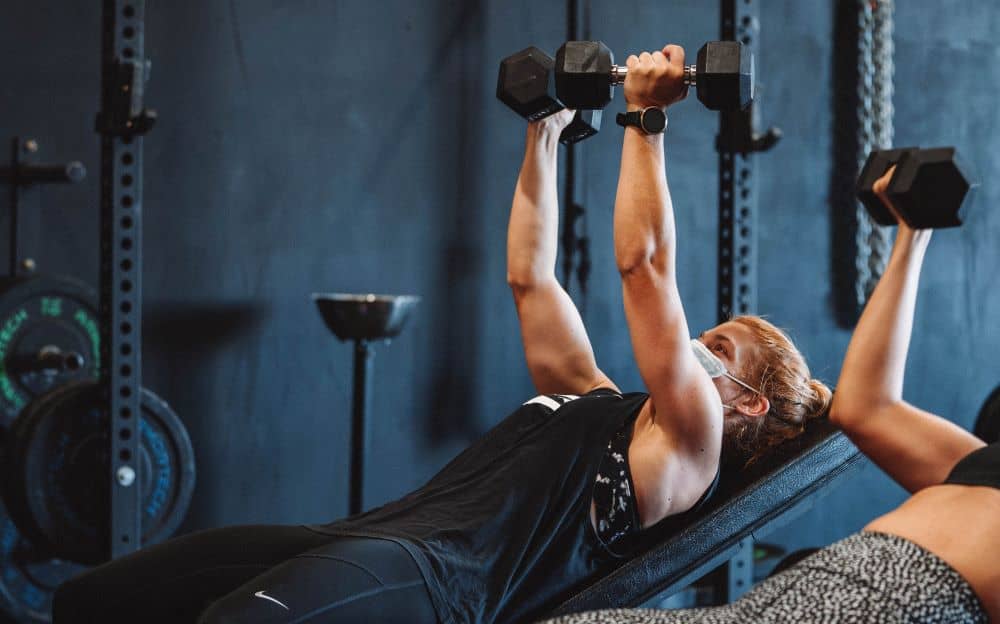
Eating for Energy: Nutrition Hacks for Personal Training
Eating for Energy: Nutrition Hacks for Personal Training Eating the right foods at the right times can significantly boost your energy levels and enhance your
Have you ever lifted a heavy bag of groceries or a suitcase and strained your back muscles? Or reached too quickly to grab something and felt a twinge of pain? If you lift something incorrectly or use your muscles improperly, you put yourself at risk of harming it while performing regular activities.
However, a specific type of strength training focuses on using your entire body and preparing it to function at its best in everyday life.
Here, we will dive into why functional strength training is beneficial and important for all ages and fitness levels.
Functional strength workouts are designed to help your body function better while performing daily activities. Whether that is hauling groceries, lifting a heavy suitcase, competing in sports, walking up the stairs, cleaning your house, or enjoying your hobbies, functional strength training can make it easier to go about your daily life.
Functional training uses dynamic movements that call upon multiple muscles to help improve your balance, coordination, stability, performance, and endurance.
Although all forms of strength training are important, functional training offers unique benefits due to its comprehensive approach to training.
Think of it this way: Do you only use one muscle group to lift something, get in and out of a chair, tie your shoe, or pick something off the floor? No. This is where the multiple muscles used during functional strength training translate to improved performance in daily life.
Functional strength workouts often incorporate full-body exercises that mimic movements we do as we perform everyday activities, such as:

Although functional training offers a wide range of benefits, here are five of the main advantages of this type of strength training.
Both functional and traditional strength training can increase your bone density, leading to improved skeletal strength and health.
Strength training in any form creates micro-tears in muscle tissue. When these tears heal, it forces muscles to become bigger and stronger.
While we often think of cardio when considering the best workout to burn calories, strength training is also an effective way to burn calories and fat and boost your metabolic rate.
Working your muscles in multi-directional movements (side to side, rotational, forward and backward) and using multiple muscles at once conditions your body to complete daily tasks with ease.
Many movements in functional training mimic everyday life, making this form of strength training ideal if you want to prevent injury, boost performance, and complete your daily activities safely and effectively.
Any form of exercise can boost your mood and support mental health, including strength training.
Functional training helps improve coordination, body awareness, and balance, all of which will help reduce your chance of experiencing an unnecessary injury.
Moving your body in ways that require multiple muscle groups to function and work together at once requires coordination, core strength, and focus. The more you train functionally, the more you’ll be able to safely work your body as an entire unit and decrease your chance of injury.

Both functional and traditional strength training build lean muscle, increase metabolism, burn fat, and support bone health.
Traditional strength training generally relies on repetitions to work muscles to exhaustion and bulk them up. It uses heavy weights or machines to isolate a single muscle at a time (think bicep curls).
Functional strength training targets multiple muscle groups at once using dynamic movements such as jump squats or kettlebell swings.
The type of strength training that is ideal for you depends on your specific goals. Both types of strength training will help you build lean muscle, get stronger, and improve overall well-being.
If you are looking to build muscle in a specific area, you will want to work some form of traditional strength training into your workout.
If you are looking to improve your stability, power, and endurance, consider working with a professional trainer to incorporate some form of functional training into your workout routine.
Functional training often relies on bodyweight alone to complete the moves. However, other equipment used during functional strength training may include:

If you want to learn more about how functional strength training can help improve your balance, coordination, and performance in daily life, please feel free to contact Helix Gym today. Our team of expert coaches and nutritionists is here to help you obtain sustainable results in the least amount of time.
Utilising the perfect synergy between multiple disciplines of fitness, including functional strength training, powerlifting, Olympic weightlifting, gymnastics, mobility, sports performance, and conditioning, we are here to give you the tools and guidance needed to become your strongest, fittest, healthiest self.
Share on Social Media:

Eating for Energy: Nutrition Hacks for Personal Training Eating the right foods at the right times can significantly boost your energy levels and enhance your

Combining Functional Fitness with Other Training Styles Functional fitness trains your muscles to work together and prepares them for daily tasks by simulating common movements